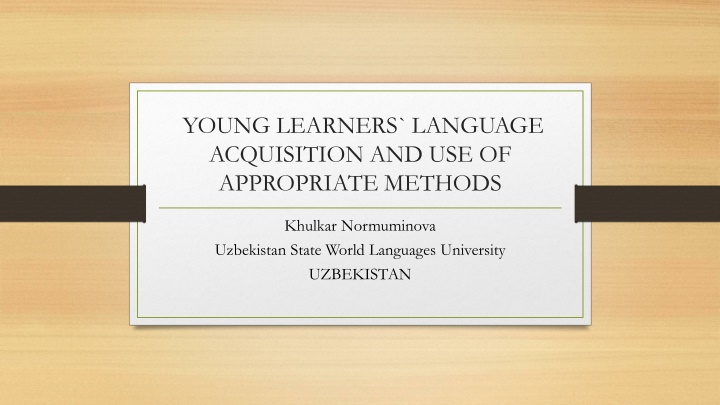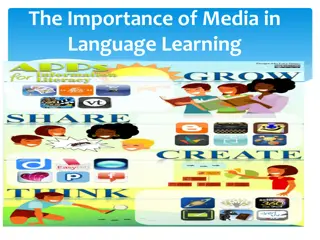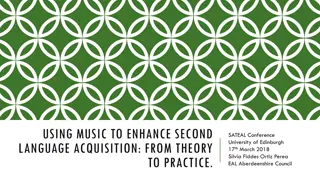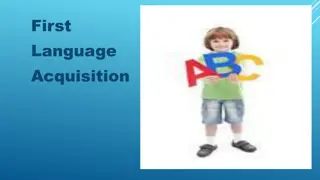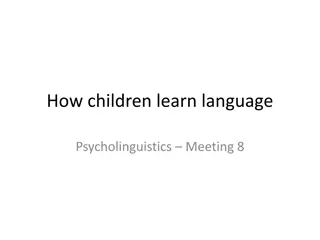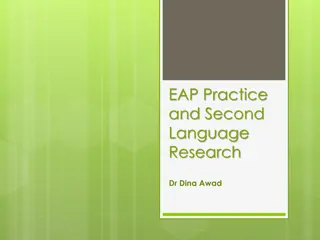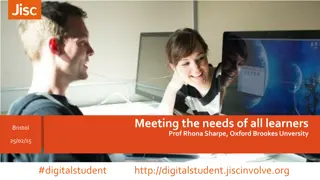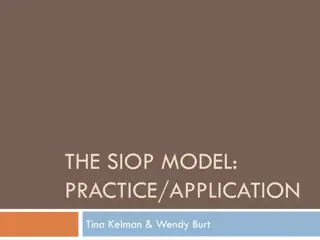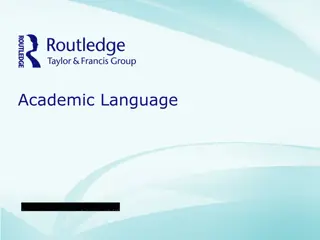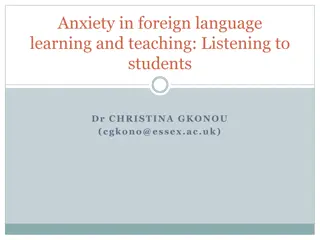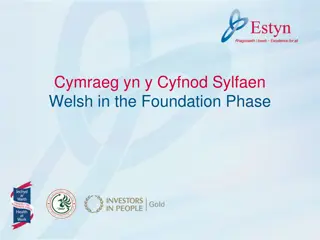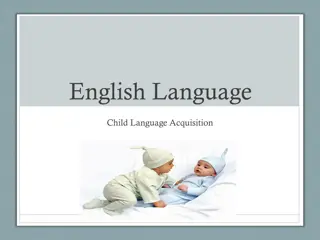YOUNG LEARNERS` LANGUAGE ACQUISITION AND USE OF APPROPRIATE METHODS
This study by Khulkar Normuminova from Uzbekistan State World Languages University explores the language acquisition process in young learners and the importance of using appropriate methods. It delves into the strategies and techniques that can enhance language learning outcomes for children in educational settings.
Download Presentation

Please find below an Image/Link to download the presentation.
The content on the website is provided AS IS for your information and personal use only. It may not be sold, licensed, or shared on other websites without obtaining consent from the author.If you encounter any issues during the download, it is possible that the publisher has removed the file from their server.
You are allowed to download the files provided on this website for personal or commercial use, subject to the condition that they are used lawfully. All files are the property of their respective owners.
The content on the website is provided AS IS for your information and personal use only. It may not be sold, licensed, or shared on other websites without obtaining consent from the author.
E N D
Presentation Transcript
YOUNG LEARNERS` LANGUAGE ACQUISITION AND USE OF APPROPRIATE METHODS Khulkar Normuminova Uzbekistan State World Languages University UZBEKISTAN
Challenges of teaching English for Uzbek young learners and traditional approaches Similarities of Uzbek and English letter spelling Confusable sounds
Research Age-and-acquisition-inspired teaching methods Total Physical Response Age and- acquisition-inspired teaching methods Natural Approach
Natural Approach Krashen: They should be given opportunity to pick up a language, they should not be forced to study grammar in the classroom
Total Physical Response J.Asher: in learning their first language, appear to do a lot of listening before they speak, and that their listening is accompanied by physical responses(reaching, grabbing, moving, looking, and so forth)
Practice Use of TPR and Natural Approach in the classroom Dealing with difficulties and work on common pronunciation mistakes which were made by the learner during the lesson while performing language Using TPR and Natural Approach
TPR method Listen and do activities Simon says activity Identifying Tenses while listening and imitating actions
Natural Approach Use of real objects, pictures, visual aids, slides in order to introduce theme Working with worksheets and project works
Findings Source of collected data Difficulties encountered while utilizing Age-and- acquisition-inspired Methods Benefits to the learner`s Language Acquisition
Conclusion Findings from the research Dealing with encountered problems Learners` opinions about the appropriate methods English Language learning process
References Douglas Brown (2016. 6th edition) Principles of Language Learning and Teaching (pp. 73- 75) Stephen D Krashen (1982) Principles and practice in Second Language Acquisition (pp.137- 141) Stephen D Krashen, Trace D Terrell (1995) The Natural Approach Language Acquisition in the classroom (pp.57-59) David Birdsong (2009) Age and state of second language acquisition (http://scholar.google.com) http://goo.gl/images/eUhoHb http://goo.gl.images/pCX3F6
